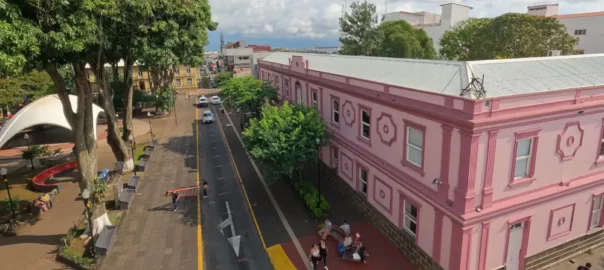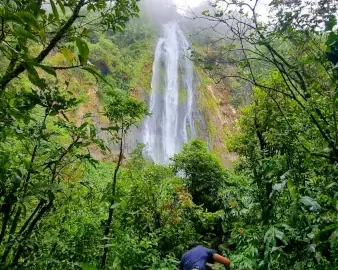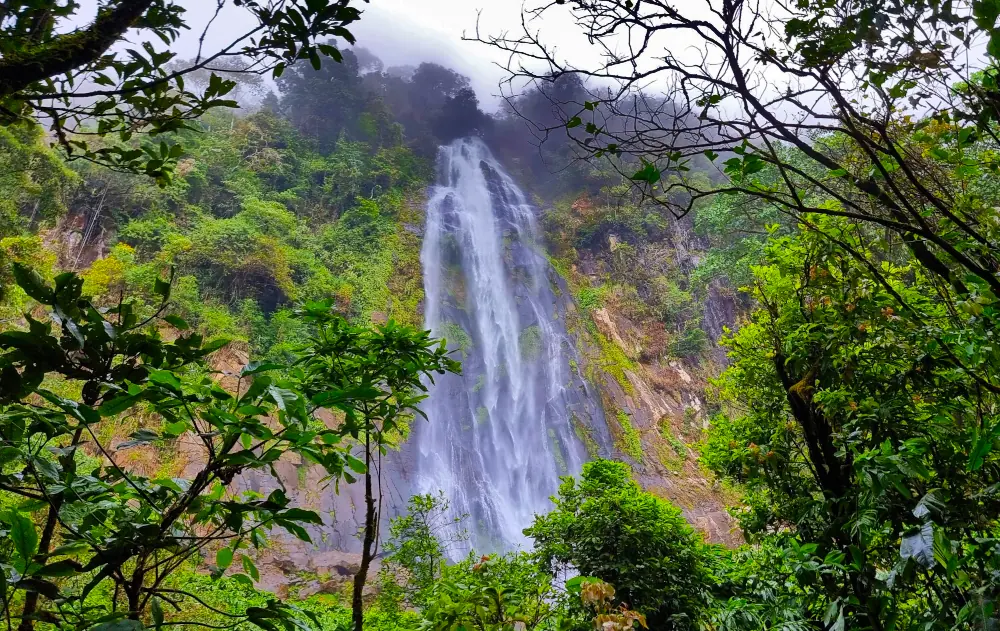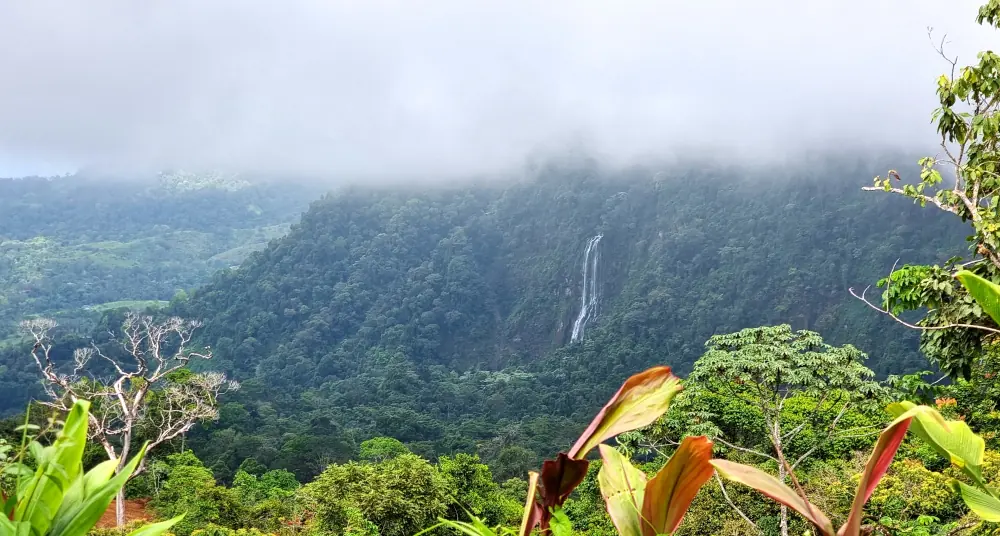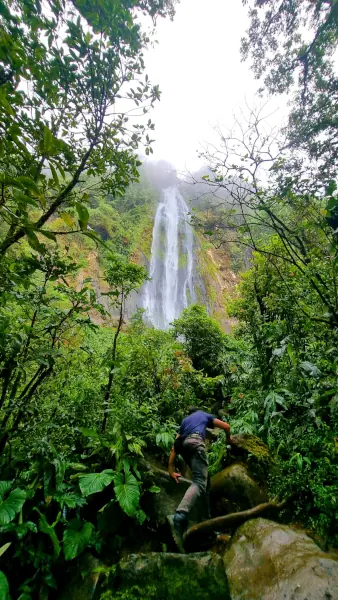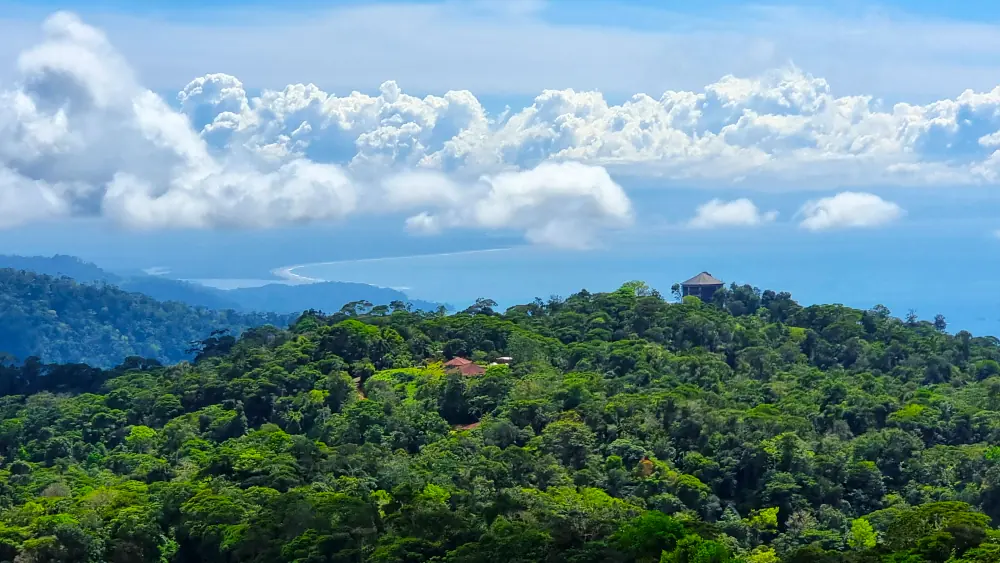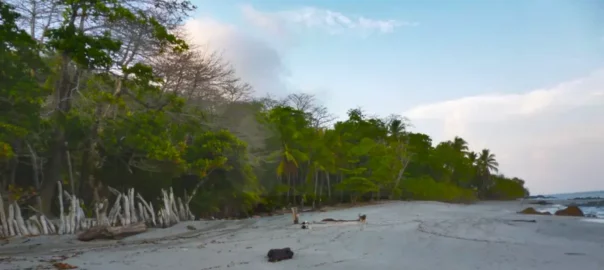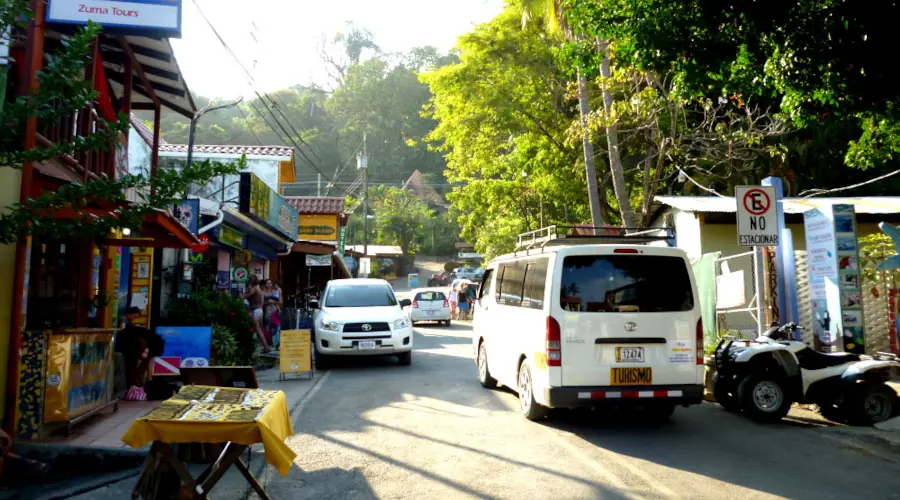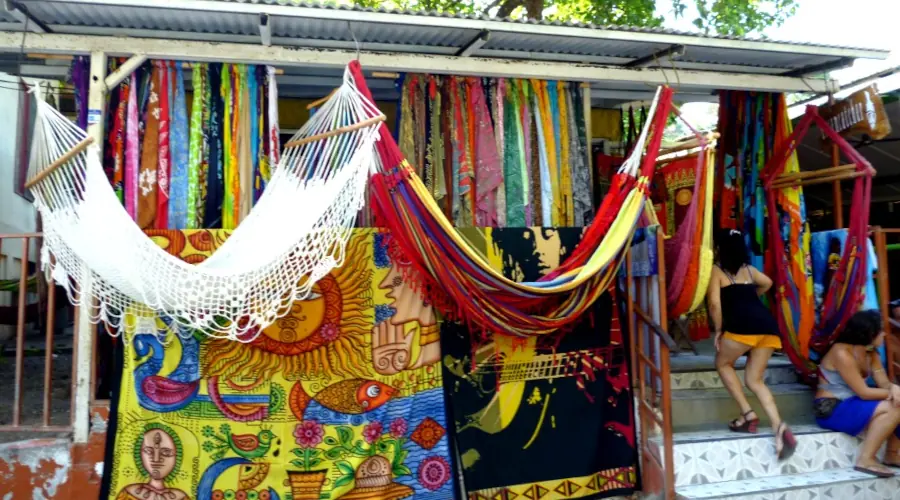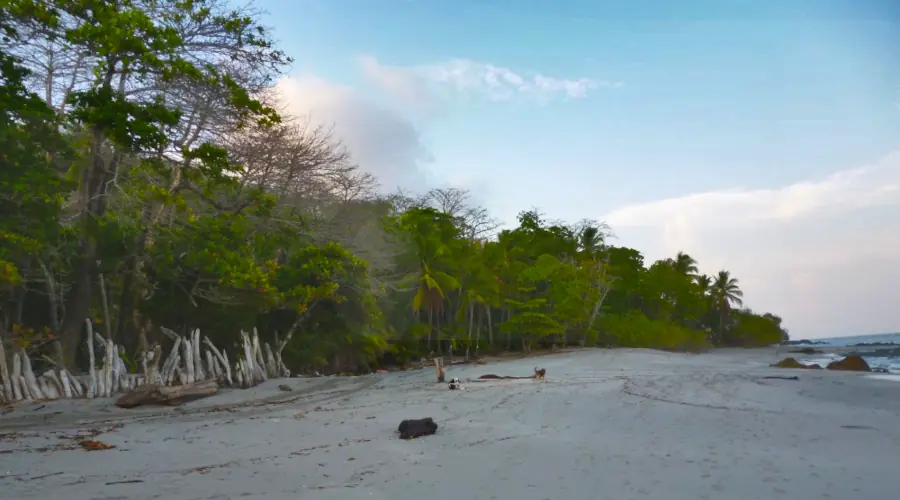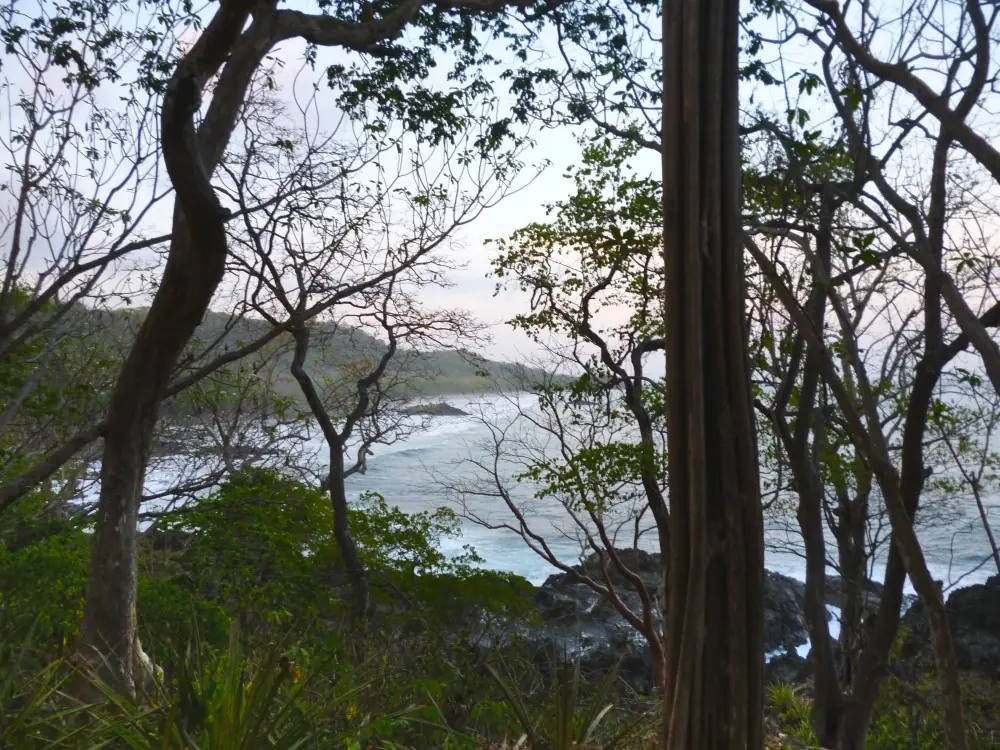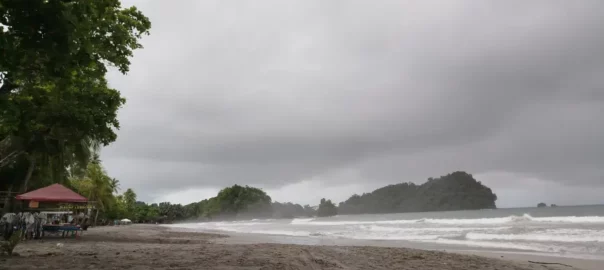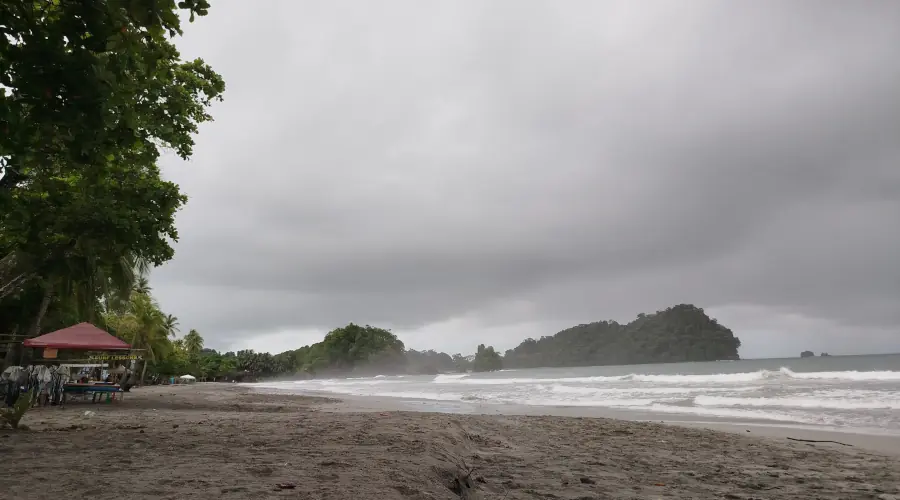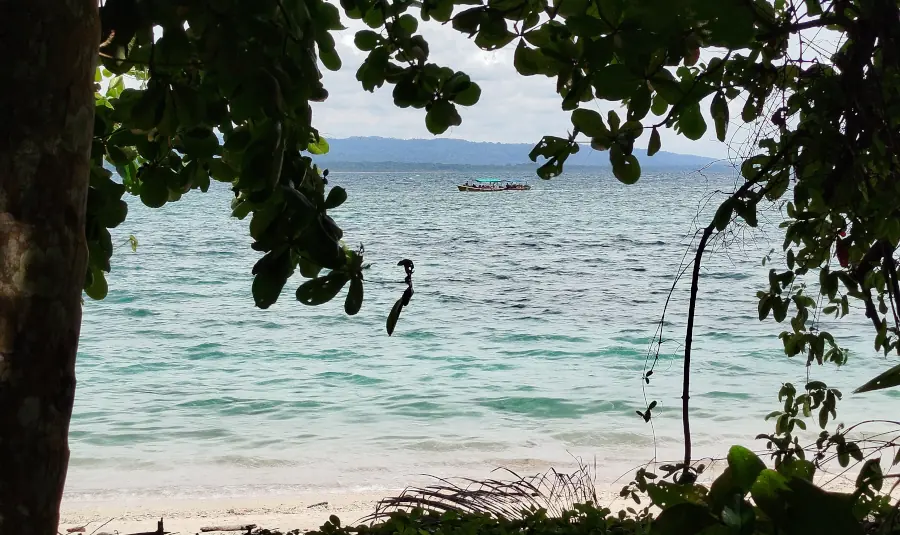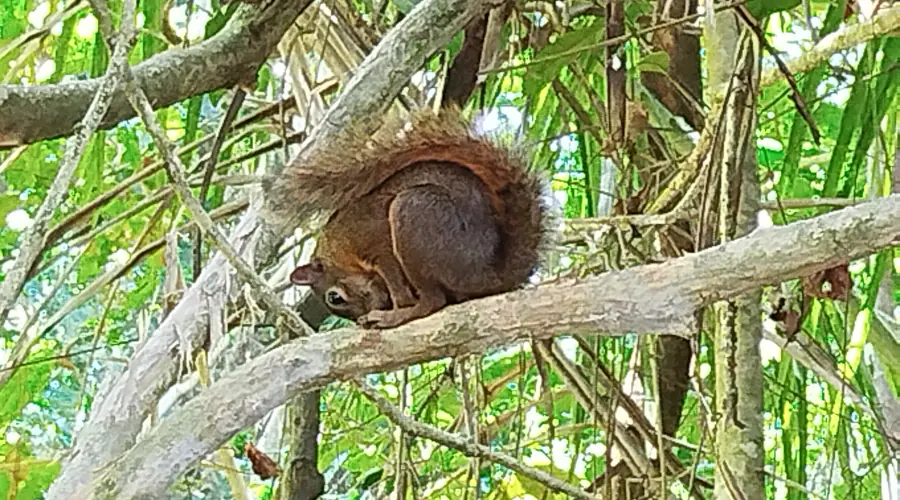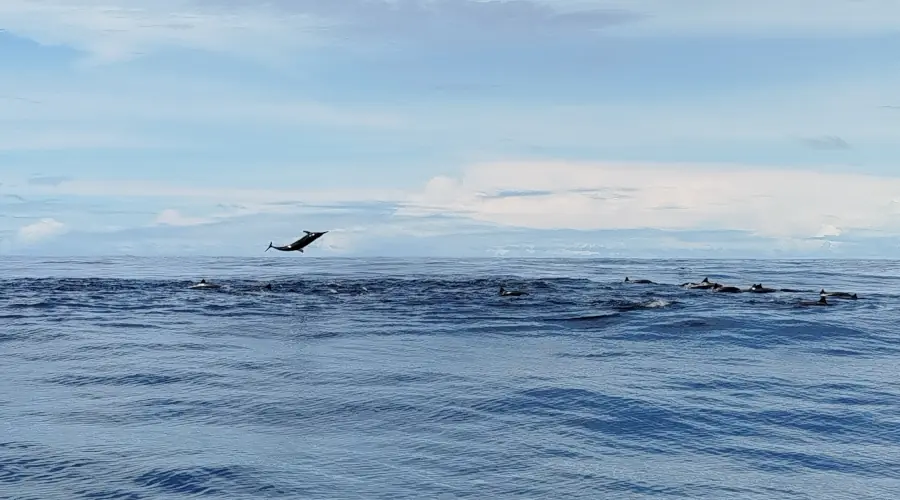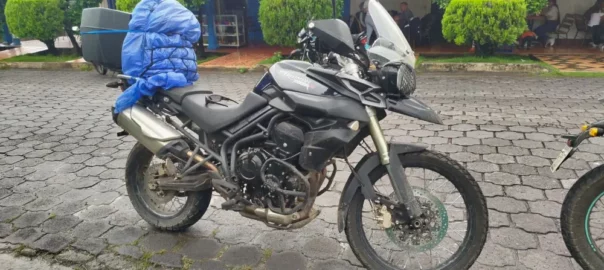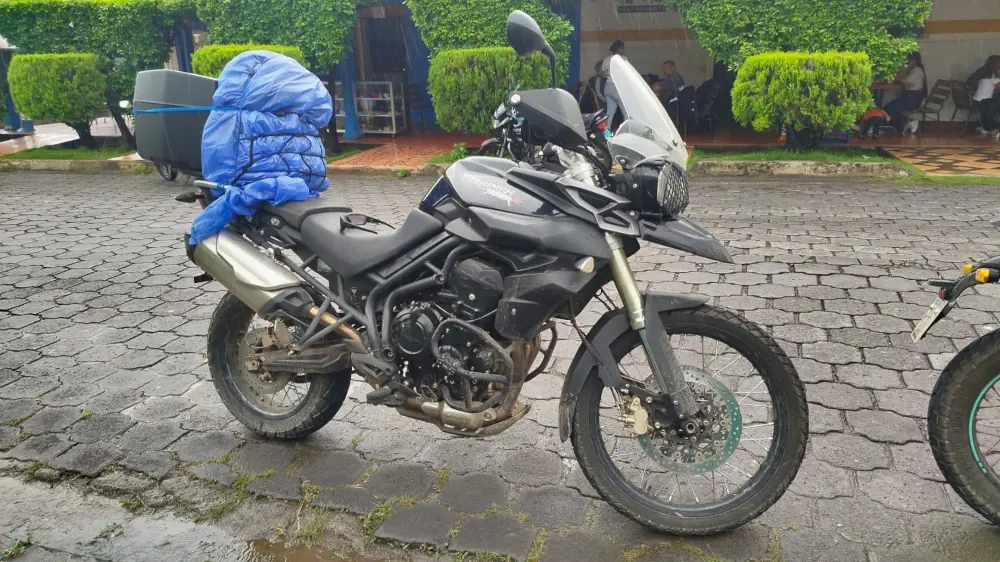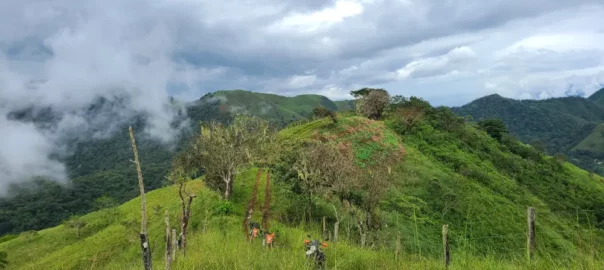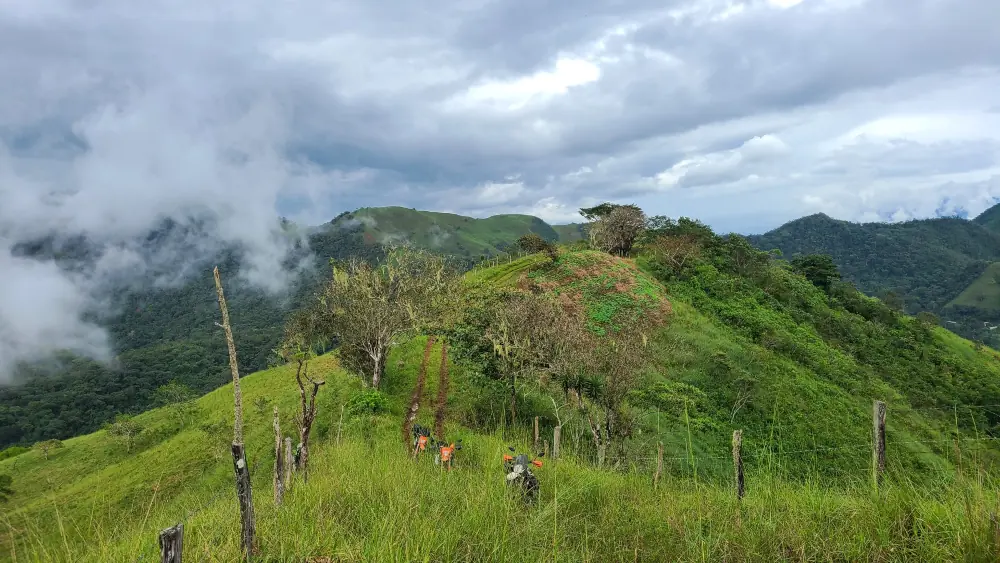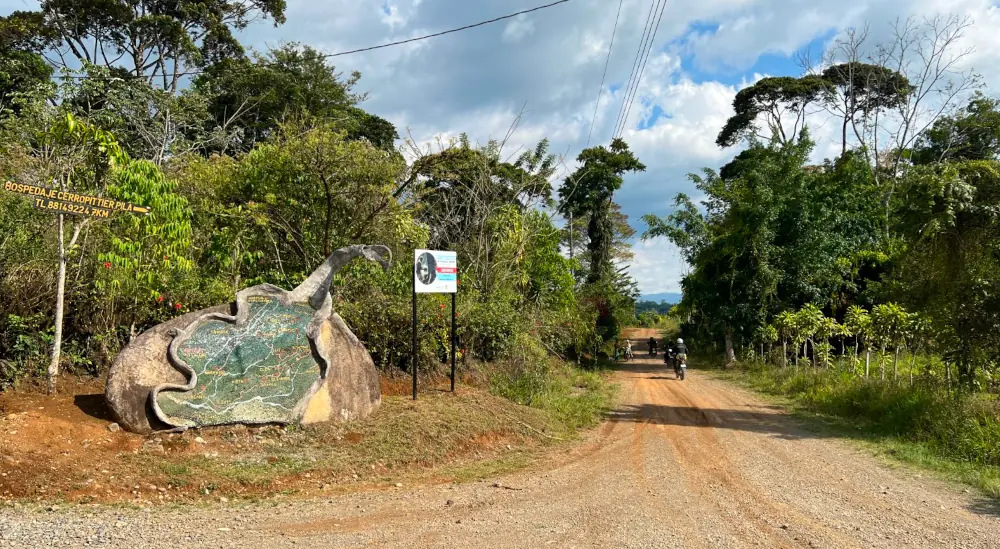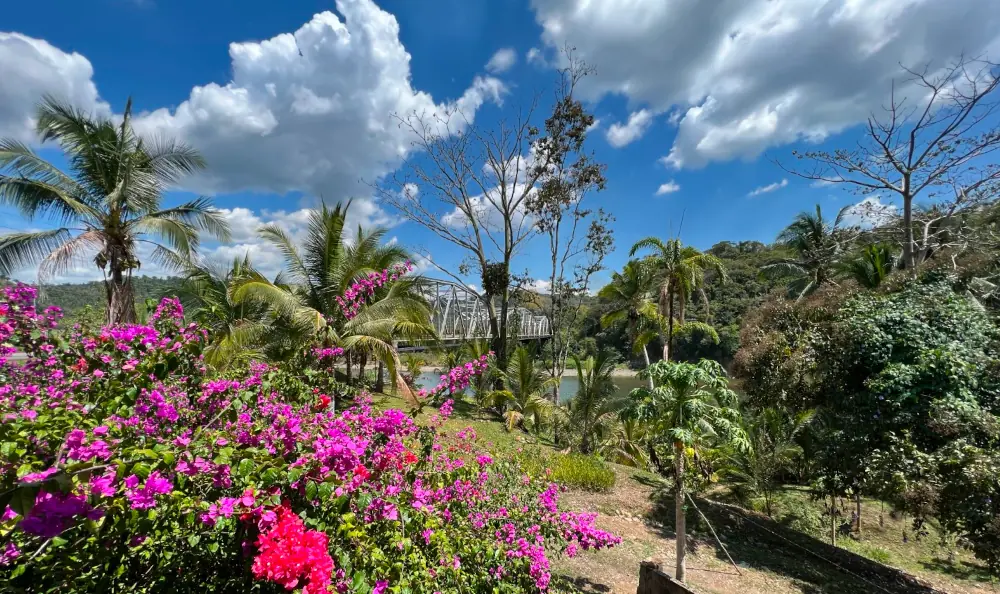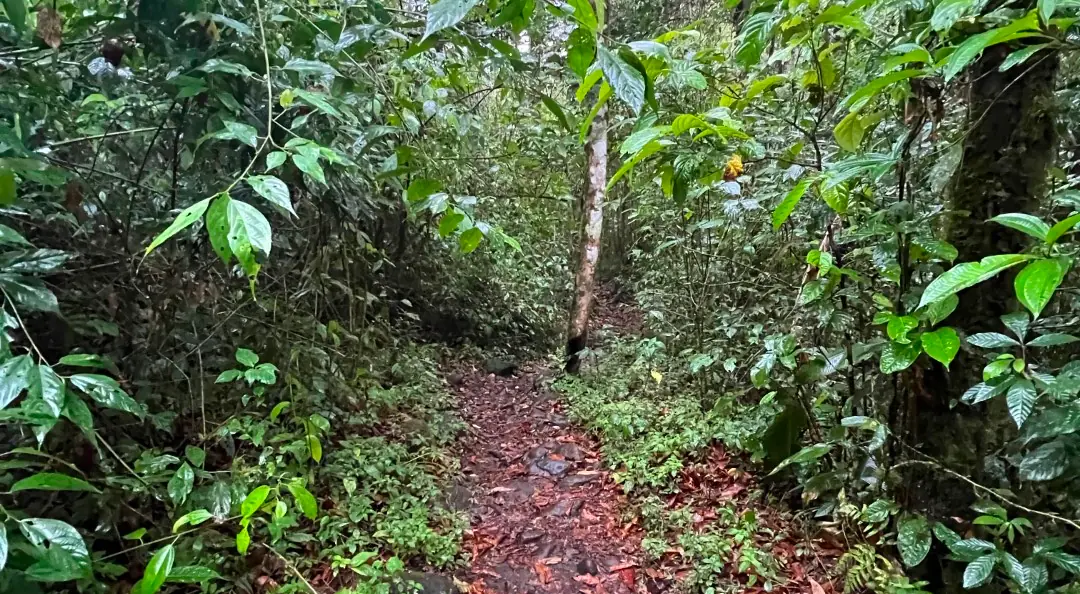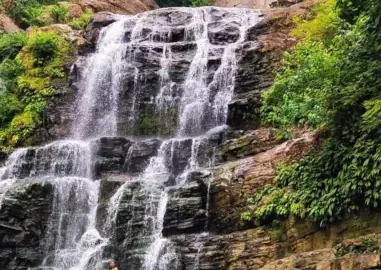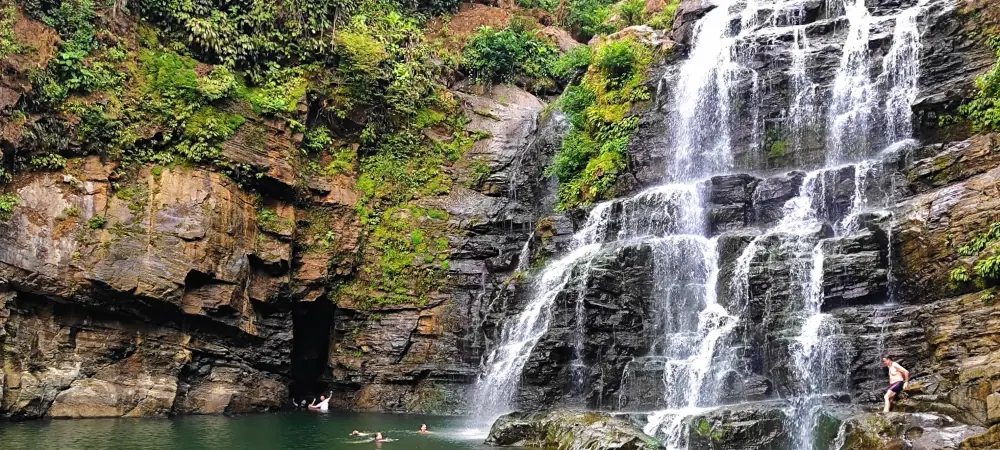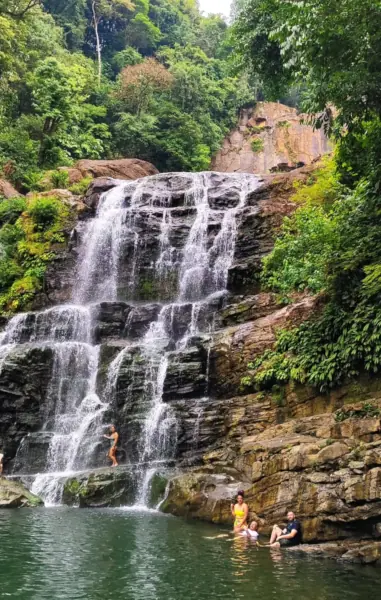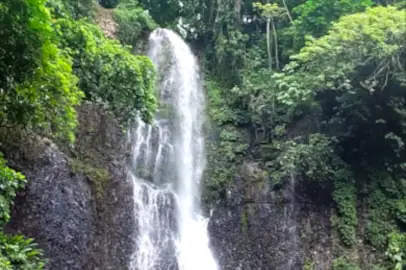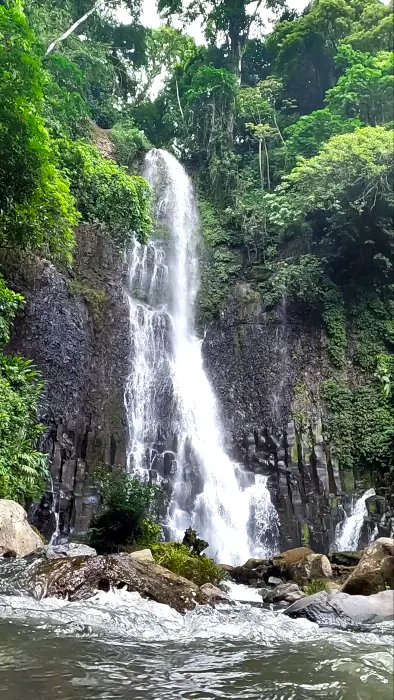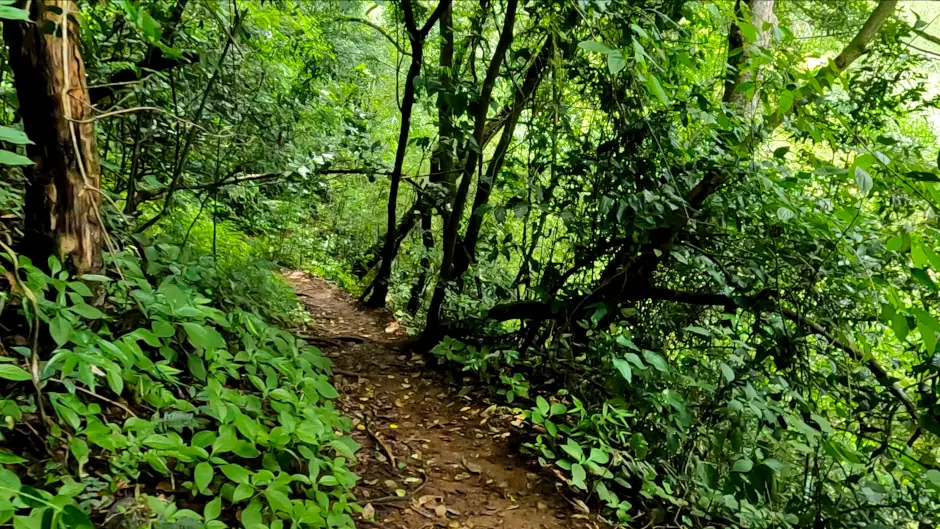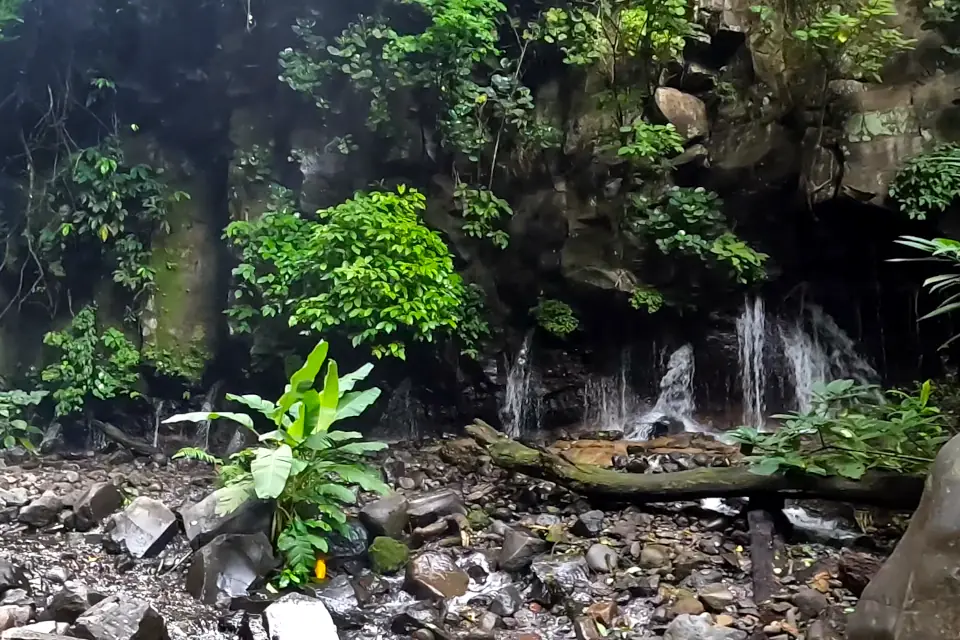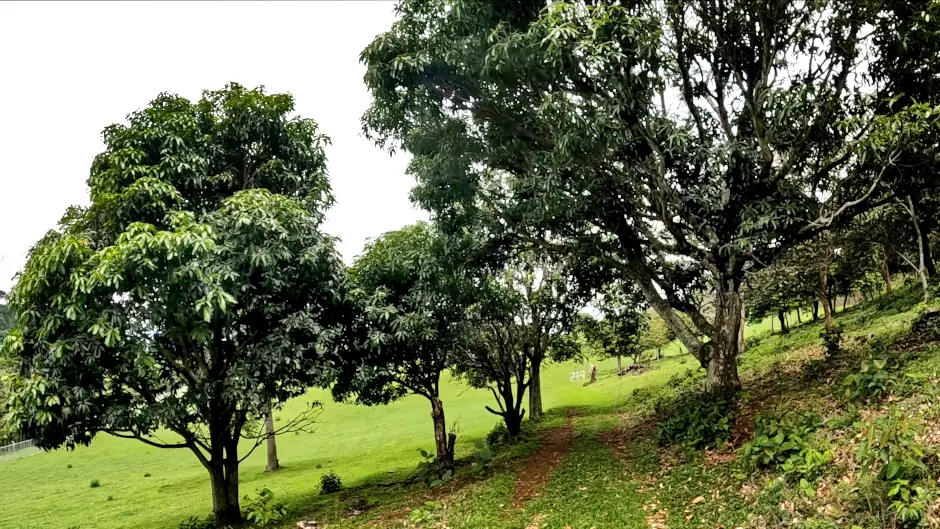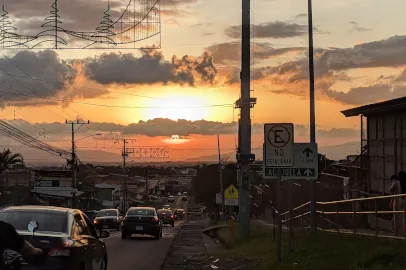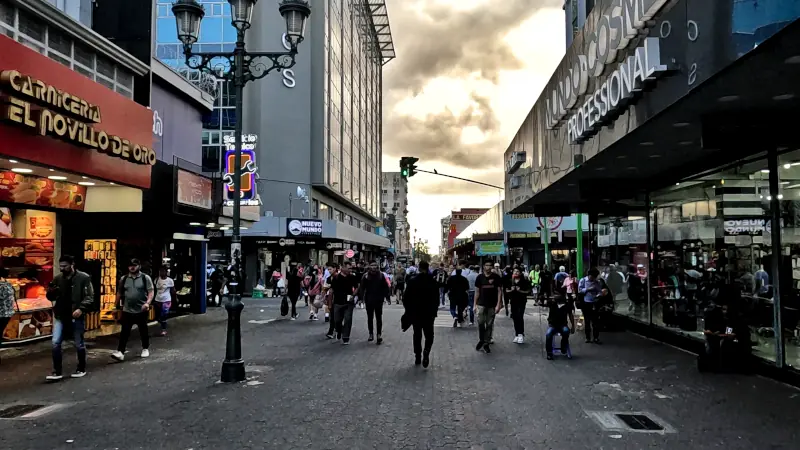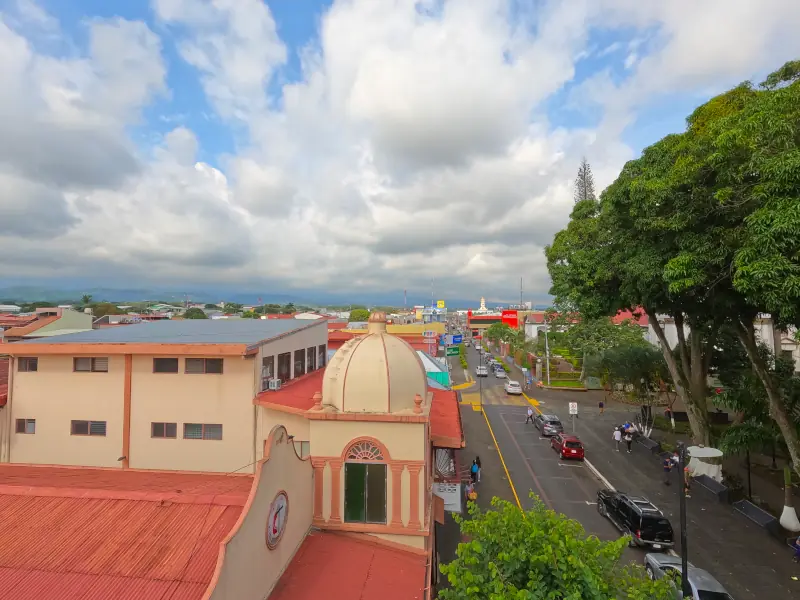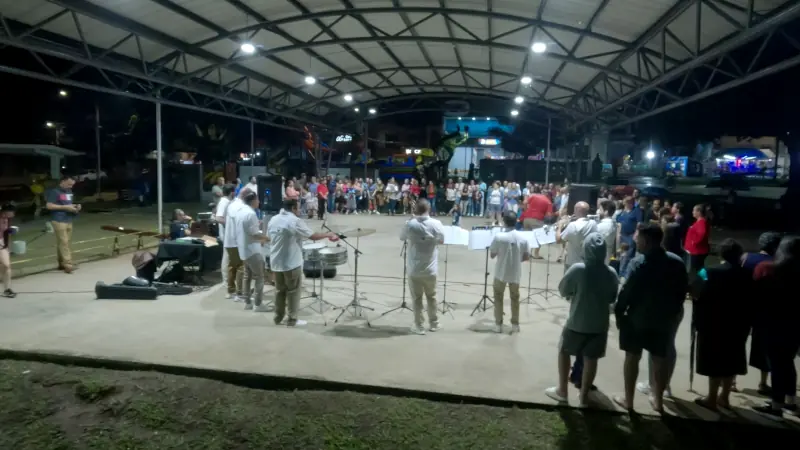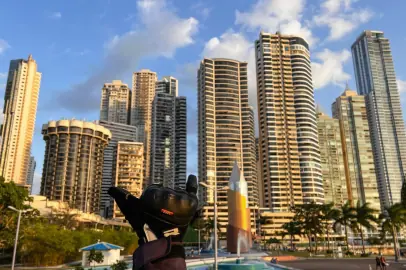City Of Alajuela
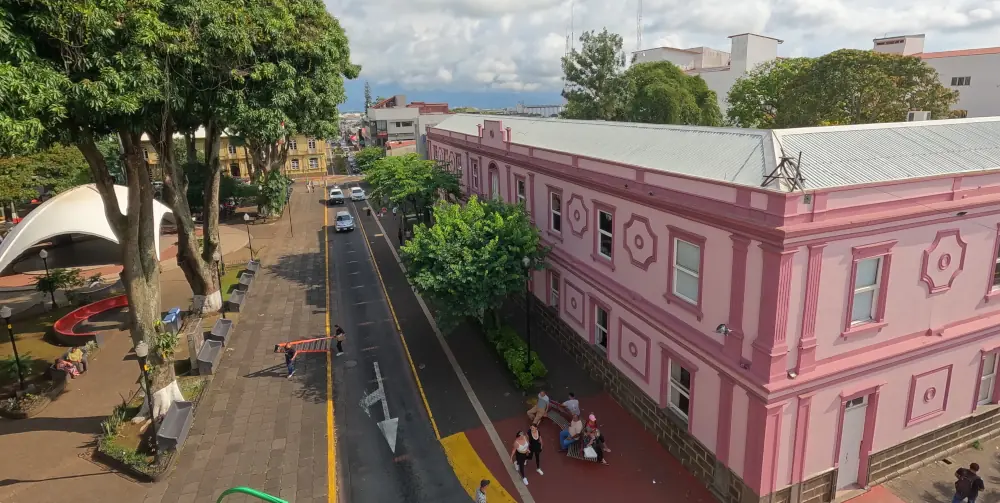
The city of Alajuela counts with many old buildings well preserved. Some of them near the Central Park.
When you arrive in Costa Rica through Juan Santamaria Airport, you are greeted with this message: Welcome to San José.
But in reality, you are in Alajuela, Costa Rica’s second most important city. The city center is just 1 kilometer from the airport, where some surprises await you.
After finishing your tour of Costa Rica, Nicaragua, or Panama with us, if you have some time before your flight home, Alajuela could be a good place to visit for a few hours.
I would like to tell you about the city and some of its attractions. The map below will serve as a guide to the places mentioned in the article.
The Juan Santamaria Museum
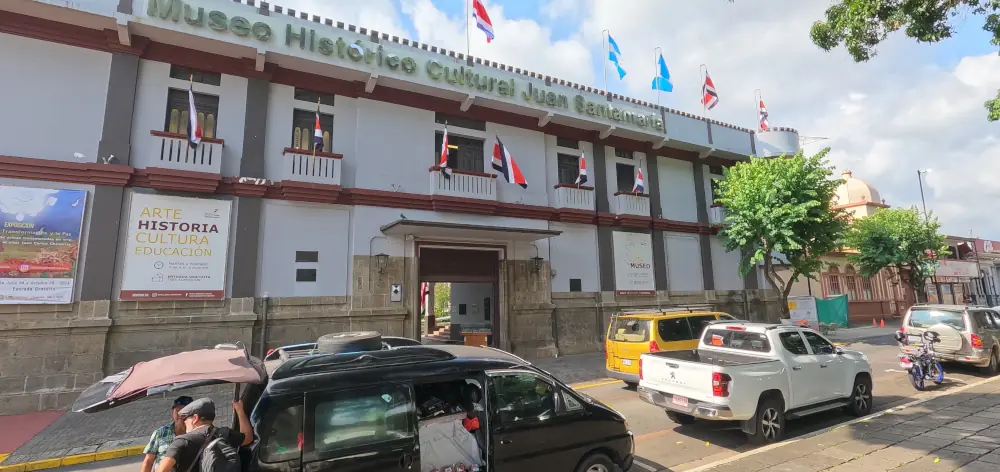
In the center of the city is a fort that briefly served as a military barracks during the 19th century. It later became a command post and then a museum. For a short period of time, it was a school, before returning to being a museum, which it remains to this day.
The first floor is entirely dedicated to the history of the war against the filibusters between 1856 and 1857. The exhibits explain the context in which the American invasion took place and the subsequent Central American counterattack.
Other exhibits contain weapons, clothing, and other equipment used during the war.
The second floor is used to exhibit pieces by artists from Alajuela and Costa Rica in general.
There are guided tours to the roof where you can see the park and part of the city of Alajuela.
Admission is free and the museum is open from 9:00 AM to 6:00 PM, Monday through Sunday.
The parks

There are two parks in the city center that might catch your attention.
They are just 100 meters apart, so you won’t waste much time. The first is Juan Santamaria Park, where there is a statue representing the national hero of the same name. The park also displays two cannons used during the war of 1856.
During the Christmas season, this is where the city’s Christmas tree is placed.
The second park is located right in front of the Juan Santamaria Museum. In addition to the museum, other old buildings surround the park. These include the Alajuela Cathedral, the music conservatory, and the National Technical University.
The park is the center of many social activities on weekends. There are also food businesses, pharmacies, ice cream shops, and other services nearby.
Gastronomic Experience
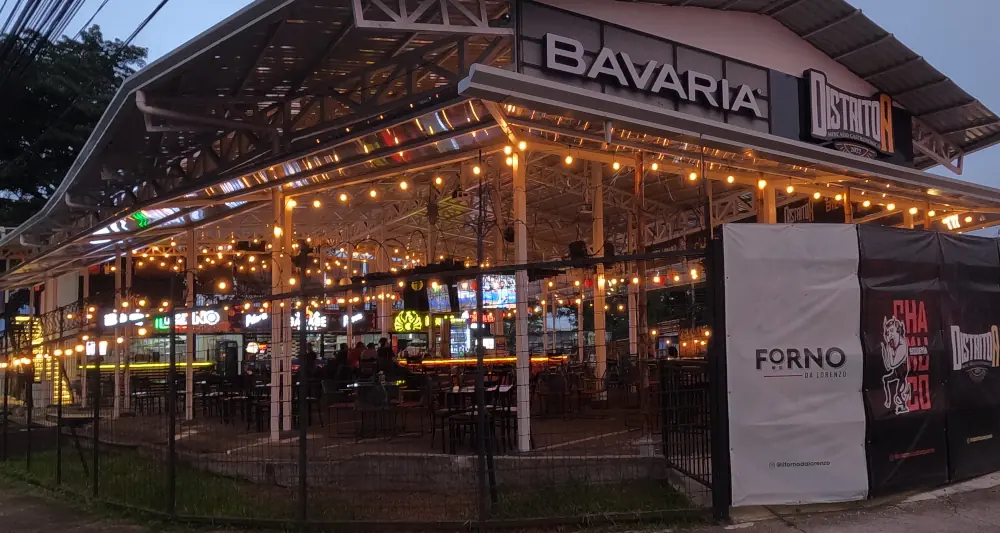
Places like Distrito A have different gastronomic options for you to try.
There are places where several culinary options share a common space to offer more variety.
One example is El Patio. Several restaurants and bars share a common parking lot to offer Mexican, Caribbean, Italian, and Korean food. There are also a couple of bars that offer everything from beer to cocktails.
Another place is Plaza Real, where you can find everything from sports bars to ethnic restaurants. In Plaza Real, you can find Spoon, a place that serves a variety of traditional Costa Rican dishes combined with sandwiches, lasagna, and other more global dishes.
Between the Alajuela Cathedral and Eloy Alfaro Delgado Park on the street of the same name as the park, there are a number of restaurants with a wide variety of dishes.
From El Park Kitchen, which serves typical continental lunches, to the Delicias café with a wide range of desserts. We end up at Miski Perú or the Jalapeños restaurant.
There is also Distrito A, a place with bars and restaurants that stay open late.
More Photos of the City of Alajuela
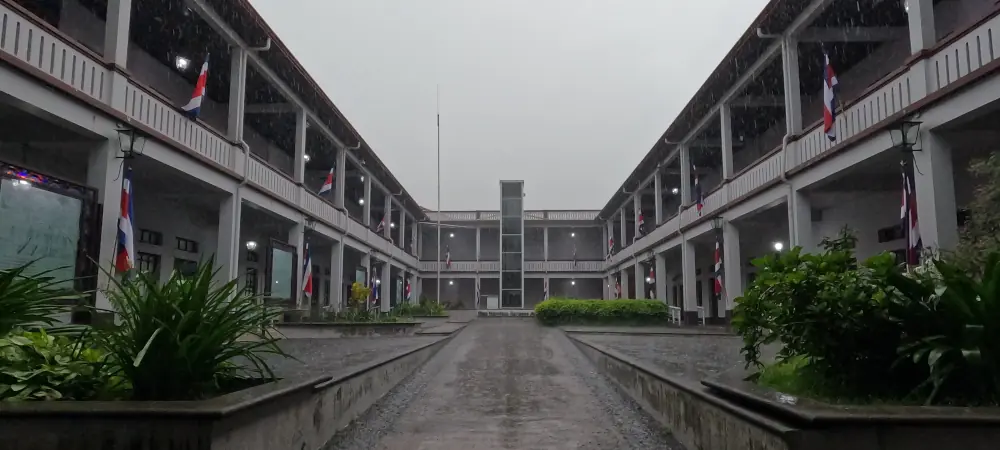
The Juan Santamaria Museum inner courtyard
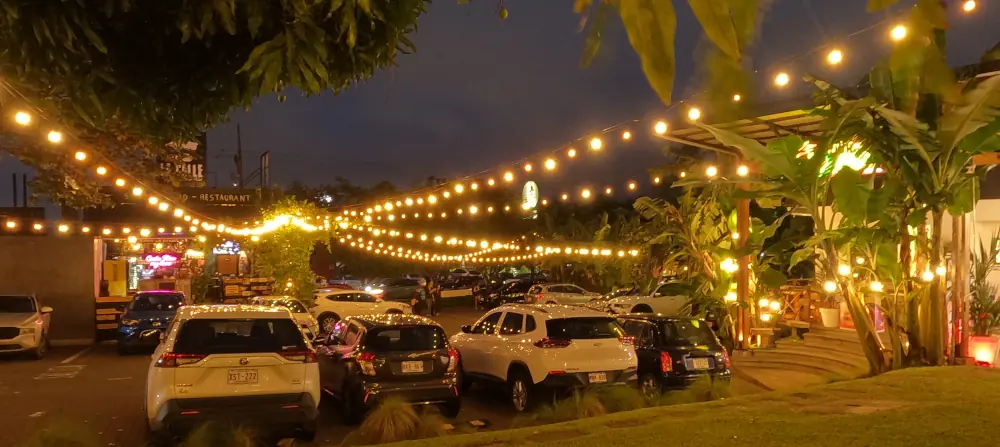
El Patio, one of the many courtyards with many restaurants and bars.
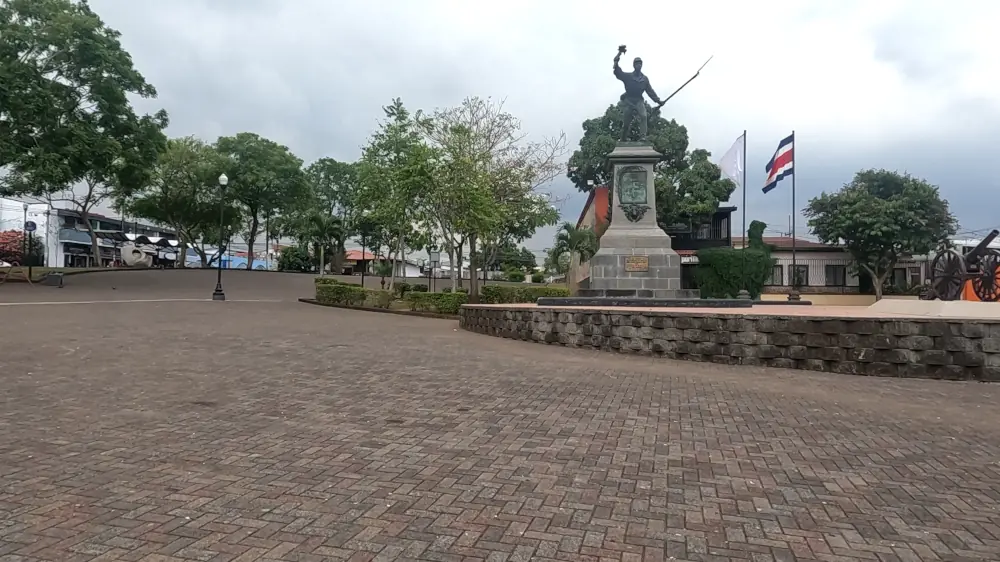
Juan Santamaria Plaza. Nice park for skating and walking.
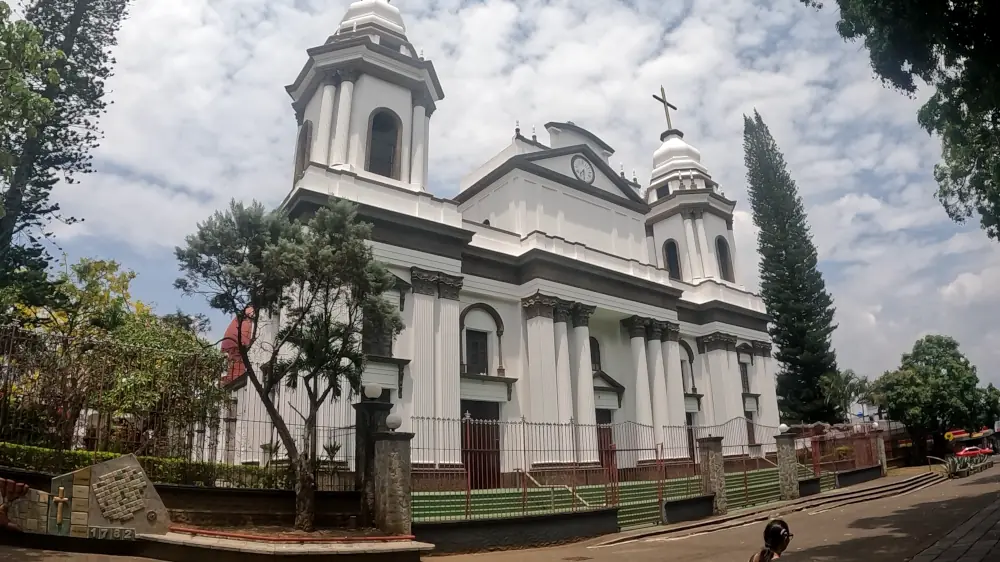
Alajuela Catholic Cathedral. This is a very important building in the history of Alajuela.

